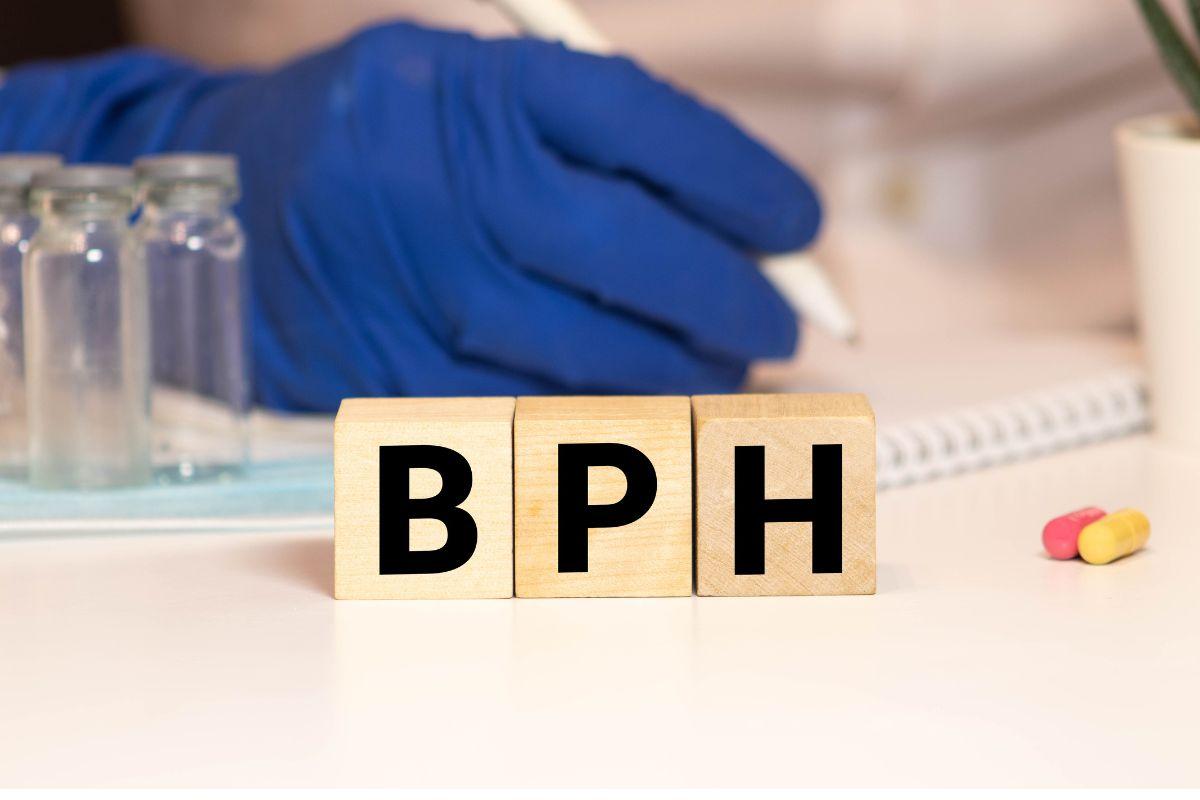Homeopathy for Prostate Enlargement: A Natural Path to Relief
Dealing with an enlarged prostate? The constant bathroom trips, uncomfortable pressure, and sleepless nights don’t have to be your “new normal.” Homeopathy for prostate enlargement offers a gentle, side-effect-free way to ease symptoms and help your body heal naturally. As a homeopathic doctor, I’ve helped patients regain comfort using remedies that target root causes like poor urine flow or frequent urges—without harsh drugs or surgery. Think of it as giving your body tools to rebalance itself, not just hiding the problem. Let’s shrink the frustration and reclaim your peace of mind.
Prostate enlargement is common in men over 45. Without care, it can lead to frustrating urinary issues. Homeopathy for prostate enlargement works safely to reduce prostate size when started early. For mild to moderate cases, it can be used alone or alongside other treatments. Best of all, these remedies have no side effects, making them a great choice for long-term relief.
How Homeopathy Addresses Prostate Enlargement (BPH)
Benign prostatic hyperplasia (BPH) means your prostate grows larger, often pressing on the bladder. While aging and hormone changes play a role, **homeopathy for prostate enlargement** focuses on your unique symptoms to slow this growth.
Key Causes of Prostate Enlargement
The exact cause isn’t clear, but these factors raise your risk:
- Aging (most men over 60 have some prostate growth)
- Family history of BPH
- Lower testosterone levels
Common Symptoms Homeopathy Can Improve
BPH symptoms depend on how much the prostate blocks urine flow—not just its size. Because of this, many men struggle with:
- A weak or stop-and-go urine stream
- Sudden “gotta go NOW” urges
- Dribbling after urinating
- Feeling like your bladder’s never empty
- Waking up multiple times at night to pee
Why Choose Homeopathy for BPH?
Homeopathy for prostate enlargement isn’t a one-size-fits-all approach. Instead, we use remedies that:
- Shrink prostate tissue over time
- Reduce urinary infections
- Strengthen bladder control
Who Benefits Most?
This natural BPH treatment works best for men who:
- Have mild to moderate symptoms
- Want to avoid surgery or medications
- Are newly diagnosed
Real Results: A Case Study
Patient Story: Under Dr. Shamim Akhtar’s care, Mr. Asar kept his catheter for one month while using homeopathic remedies.
Outcome: After removing the catheter, he urinated normally and stayed catheter-free for 4 months—proof that homeopathy for prostate enlargement can work even in tough cases.
At HomeoVigor, under the expert care of Dr. Shamim Akhtar (Doctor of Homeopathic Medicine), we offer personalized and effective homeopathic treatment for prostate. With a deep understanding of holistic healing, we aim to treat the root cause—not just the symptoms. If you or a loved one is suffering from prostate, don’t wait.
👉 Book your FREE consultation today and take the first step towards natural, side-effect-free healing.







